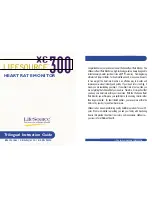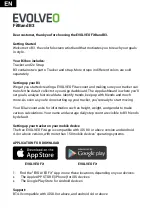
FAQs (Frequently Asked Questions)
Screen Adjustments
Q:
How do LCDs compare to CRTs in terms of radiation?
A:
Because LCDs do not use an electron gun, they do not generate the same amount of
radiation at the screen surface.
Compatibility with other Peripherals
Q:
Are Philips LCD monitors Plug-and-Play?
A:
Yes, the monitors are Plug-and-Play compatible with Windows® 95, 98, 2000, XP and
Vista.
LCD Panel Technology
Q:
What is a Liquid Crystal Display?
A:
A Liquid Crystal Display (LCD) is an optical device that is commonly used to display
ASCII characters and images on digital items such as watches, calculators, portable
game consoles, etc. LCD is the technology used for displays in notebooks and other
small computers. Like light-emitting diode and gas-plasma technologies, LCD allows
displays to be much thinner than cathode ray tube (CRT) technology. LCD consumes
much less power than LED and gas-displays because it works on the principle of
blocking light rather than emitting it.
Q:
What differentiates passive matrix LCDs from active matrix LCDs?
A:
An LCD is made with either a passive matrix or an active matrix display grid. An active
file:///G|/CD MANUAL/22/220E cd manua(WX)/lcd/manual/ENGLISH/220E/safety/saf_faq.htm(第 4/6 页)12/23/2008 3:45:05 PM








































